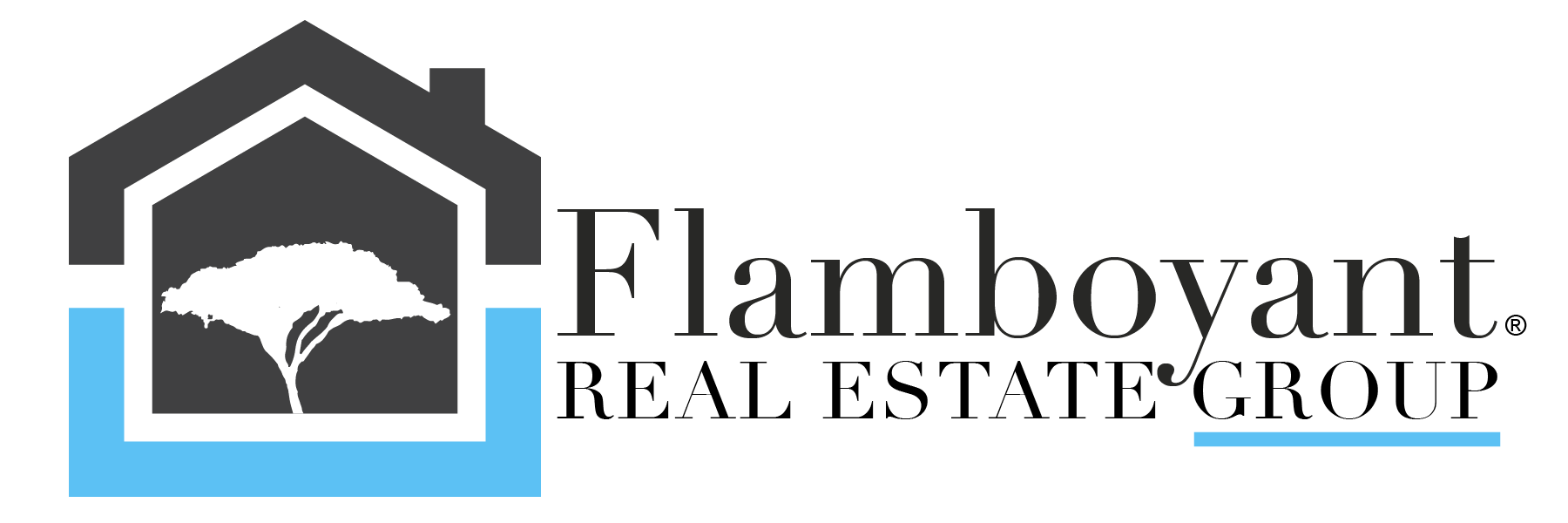WHY SHOULD I GET A VA LOAN?
No Down Payment
The VA Home Loan is one of the only home loans available today with no down payment required.
Lower Payments
Competitive interest rates and no private mortgage insurance mean lower monthly payments.
Easier to Qualify
The VA Loan Program provides homeownership opportunities for Veterans and service members who might struggle to secure conventional financing.
First-Time Buyers
No down payment and relaxed credit standards means loans backed by the VA are especially helpful for first-time homebuyers.
.
VA Home Loan Types:
How does a VA direct home loan work?
The Veterans Affair provides home loan programs to help veterans buy, build, improve a home, or refinance a current home loan—including a VA direct loan and 3 VA-backed loans.
With a VA direct home loan, we serve as your mortgage lender. This means you’ll work directly with us to apply for and manage your loan. The Native American Direct Loan (NADL) program often has better terms than a home loan from a private lender (a private bank, mortgage company, or credit union).
Find out if you qualify for a NADL
How does a VA-backed home loan work?
Explore different loan types
With a VA-backed home loan, we guarantee (or stand behind) a portion of the loan you get from a private lender. If your VA-backed home loan goes into foreclosure, the guaranty allows the lender to recover some or all of their losses. Since there’s less risk for the lender, they’re more likely to give you the loan under better terms. In fact, nearly 90% of all VA-backed home loans are made without a down payment.
Lenders follow our VA standards when making VA-backed home loans. They may also require you to meet additional standards before giving you a loan. These standards may include having a high enough credit score or getting an updated home appraisal (an expert’s estimate of the value of your home).
Looking to buy a home? Find out if you’re eligible for a VA-backed purchase loan to get better terms than with a private-lender loan.
Want to take cash out of your home equity to pay off debt, pay for school, or take care of other needs? Find out if you’re eligible for a VA-backed cash-out refinance loan.
Are you a Native American Veteran or a Veteran married to a Native American? Find out if you’re eligible for a NADL to buy, build, or improve a home on federal trust land.
Have an existing VA-backed home loan? Find out if you’re eligible for a VA-backed IRRRL to help reduce your monthly payments or make them more stable.
Source: www.va.gov
VA funding fee and loan closing costs
What is the VA funding fee?
The VA funding fee is a one-time payment that the Veteran, service member, or survivor pays on a VA-backed or VA direct home loan. This fee helps to lower the cost of the loan for U.S. taxpayers since the VA home loan program doesn’t require down payments or monthly mortgage insurance.
Will I have to pay the VA funding fee?
If you’re using a VA home loan to buy, build, improve, or repair a home or to refinance a mortgage, you’ll need to pay the VA funding fee unless you meet certain requirements.
You won’t have to pay a VA funding fee if any of the below descriptions is true. You’re:
- Receiving VA compensation for a service-connected disability, or
- Eligible to receive VA compensation for a service-connected disability,
- but you’re receiving retirement or active-duty pay instead, or
- The surviving spouse of a Veteran who died in service or from a
- service-connected disability, or who was totally disabled,
- and you're receiving Dependency and Indemnity Compensation (DIC), or
- A service member with a proposed or memorandum rating, before the loan
- closing date, saying you're eligible to get compensation because of a
- pre-discharge claim, or
- A service member on active duty who before or on the loan closing date
- provides evidence of having received the Purple Heart
You may be eligible for a refund of the VA funding fee if you’re later awarded VA compensation for a service-connected disability. The effective date of your VA compensation must be retroactive to before the date of your loan closing.
If you think you’re eligible for a refund, please call your VA regional loan center at 877-827-3702. We’re here Monday through Friday, 8:00 a.m. to 6:00 p.m. ET.
How will I pay this fee?
You’ll pay this fee when you close your VA-backed or VA direct home loan.
How much will I pay?
This depends on the amount of your loan and other factors.
You can pay the VA funding fee in either of these ways:
- Include the funding fee in your loan and pay it off over time (called financing), or
- Pay the full fee all at once at closing.
For all loans, we’ll base your VA funding fee on:
- The type of loan you get, and
- The total amount of your loan. We’ll calculate your funding fee
- as a percentage of your total loan amount.
Depending on your loan type, we may also base your fee on:
- Whether it’s your first time, or a subsequent time, using a VA-backed or VA
- direct home loan, and
- Your down payment amount.
Note: Your lender will also charge interest on the loan in addition to closing fees. Please be sure to talk to your lender about any loan costs that may be added to your loan amount.
Buying a home with a VA-backed loan
Get step-by-step instructions for buying a home through the VA home loan program.
What kind of VA-backed loan will I need to buy a home?
How can I buy a home with a VA-backed loan?
You’ll need a VA-backed purchase loan
You’ll go through a private lender, like a bank or mortgage company, to get this loan. We’ll guarantee part of the loan against loss, which will allow your lender to give you better loan terms, like the option to pay no down payment.
Buying a home is a complex process, and getting a VA-backed loan is only one piece of the puzzle. Stay on track by following the steps below.
Steps to starting the process and finding a home
You’ll need to show your COE to your lender as proof that you qualify for the home loan benefit.
Find out if you qualify for a COE
Apply for your COE now
Go over your credit profile, income, expenses, and monthly budget to make sure you’re ready to buy a home. Decide how much you want to spend on a mortgage—and be sure to include closing costs in the overall price.
To learn more:
Find out current VA home loan limits
Read about the VA funding fee and other loan closing costs
Get more advice from the Consumer Financial Protection Bureau (CFPB)
Use CFPB’s mortgage calculator
Remember, you’ll go through a private bank, mortgage company, or credit union not through us to get your loan. Lenders offer different loan interest rates and fees, so shop around for the loan that best meets your needs.
Be prepared to pay lender fees. Many lenders charge Veterans using VA-backed home loans a 1% flat fee (sometimes called a “loan origination fee”). Lenders may also charge you additional fees. If you don’t know what a fee is for, ask the lender. In some cases, lender fees are negotiable.
To learn more:
Read about the VA funding fee and other closing costs
Get recommendations for potential real estate agents online or from relatives, friends, and neighbors. Then meet with several agents to find one you like.
Read all agreements before signing with an agent. Make sure you understand any charges, fees, and commissions as well as your rights and obligations in the buyer-agent relationship.
Look at houses in your price range until you find one that works for you. When comparing homes, be sure to consider what factors are most important to you and your family. These may include factors like how far you’ll need to commute to work and the quality of local schools.
Steps to buying your home
Once you’ve found the house you want to buy:
Be sure the sales contract includes the “VA escape clause” or “VA option clause.” This provides an option to void the contract if the property doesn’t appraise for the contract price.
Ask your real estate agent for advice on other options for voiding the contract you may want to include, such as if the property fails a home inspection. These options are called contingencies.
To learn more, watch this helpful video:
Using your VA home loan benefit: working with a Realtor and lender
We strongly recommend that you get an inspection to check for any major defects before you purchase your home. A VA-approved appraiser will also appraise the house to make sure it meets basic property condition requirements (called minimum property requirements, or MPRs), and will provide an opinion of value on the house. Please note that an appraisal isn’t the same as an inspection.
If the property doesn’t appraise at a value that’s high enough to get the loan, you have a few options. You can:
- Request a Reconsideration of Value (ROV).You can ask your real estate agent to provide the lender with valid sales data showing the property is worth more than its appraised price. The lender will ask the appraiser to reconsider based on this information.
- Renegotiate the sales price.Ask the seller to lower the price to match the appraised value.
- Pay the difference between the appraised price and the sales price.To do this, you’ll need to pay this cost at closing.
To learn more, watch these helpful videos:
VA home loans: What are MPRs?
What’s the difference between VA’s appraisal process and a home inspection?
Your lender must give you a Closing Disclosure at least 3 business days before closing. Be sure to read it carefully. It includes loan terms, fees, closing costs, and your estimated monthly mortgage payments. Your lender may also ask you to provide more information or documents at this time.
Your closing may be held at a title company, escrow office, or attorney’s office. Be prepared to sign a lot of documents—and be sure to take the time to read everything before you sign.
To learn more:
Go to Fannie Mae’s website
After closing, you’re ready to move into your new home. Congratulations!
Source: www.va.gov

